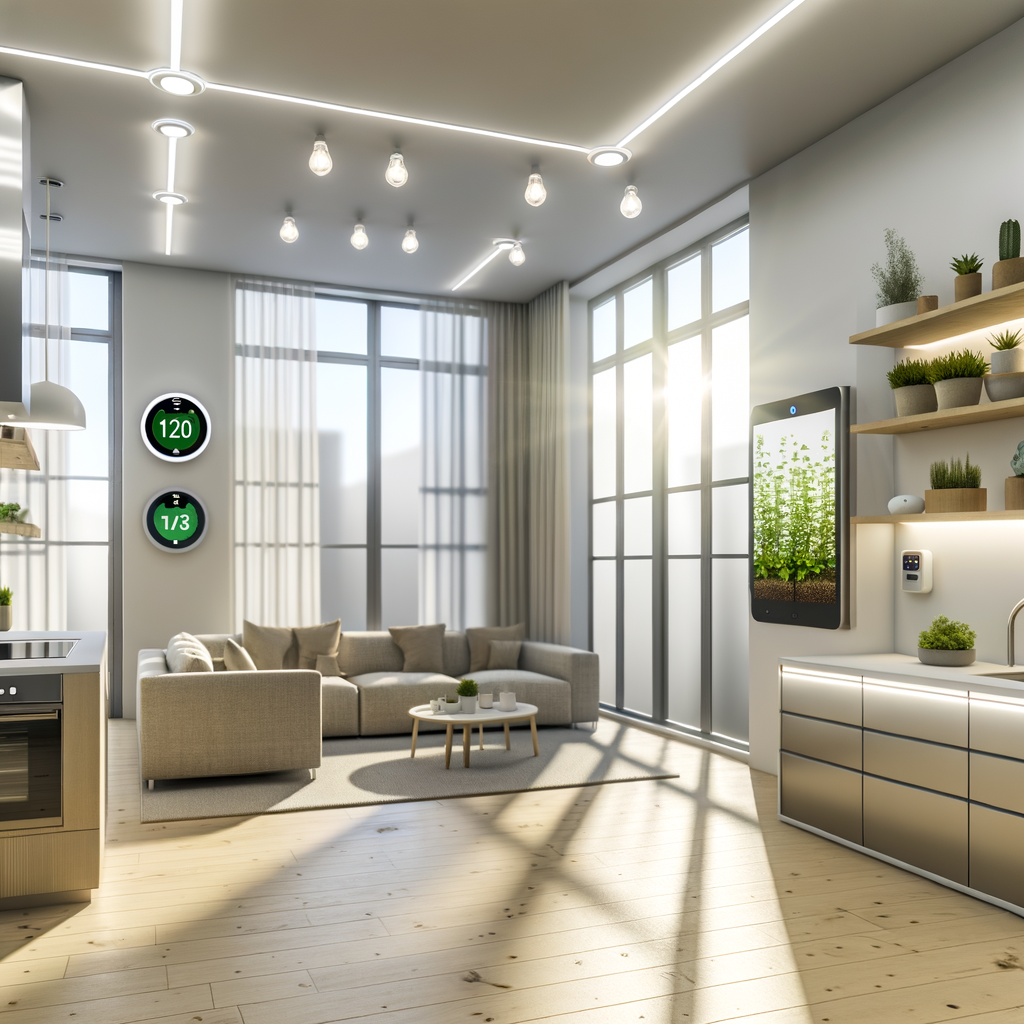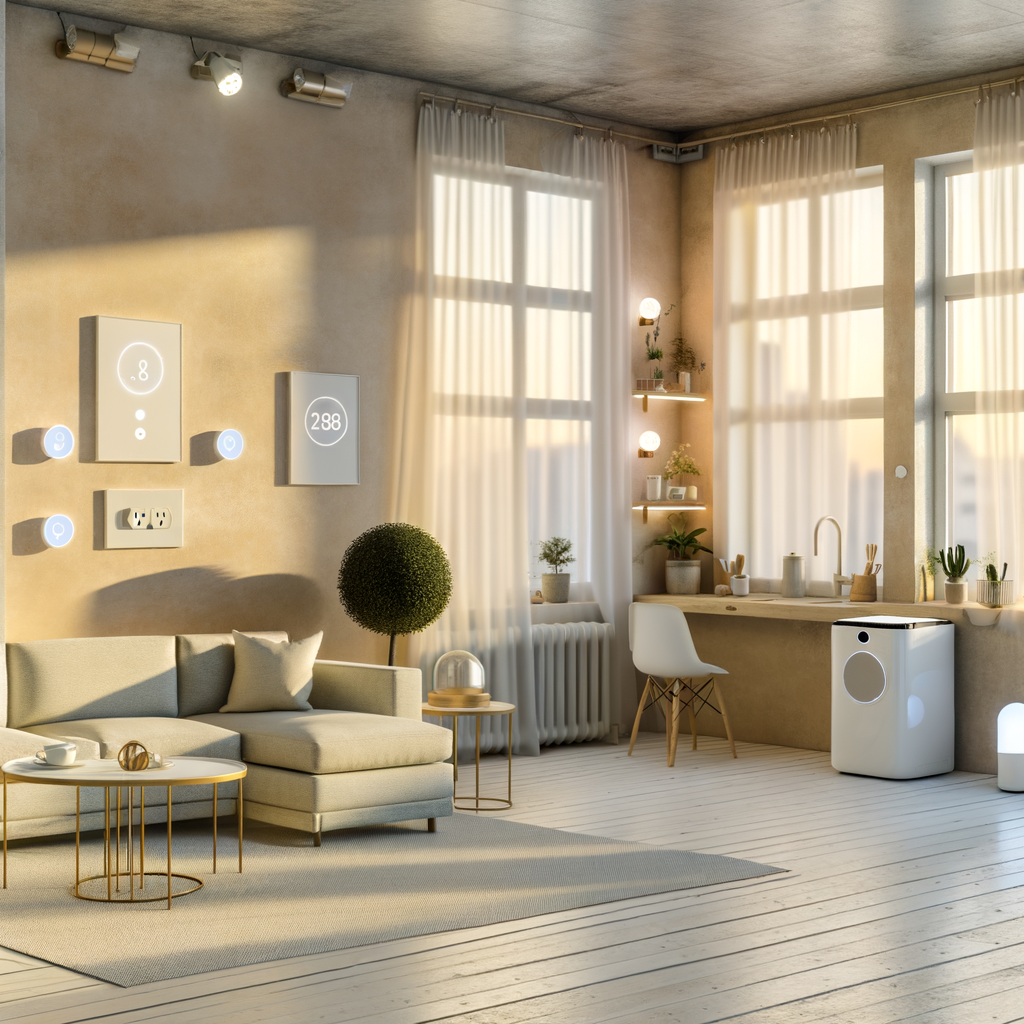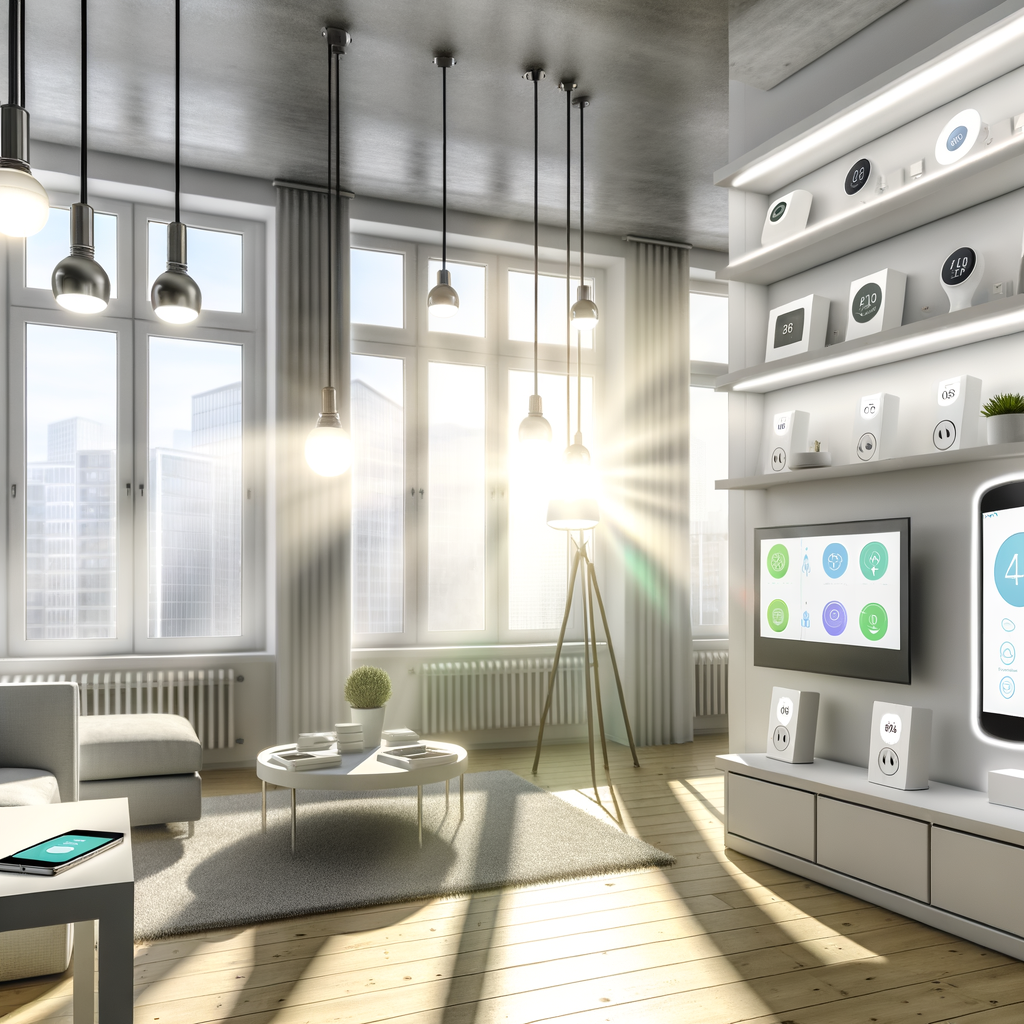Myth-Busting Smart Homes: 7 Misconceptions Renters Have About Energy-Efficient Tech
There’s no denying that smart home technology is rapidly changing the way we live, work, and save on energy bills. Yet, renters often hesitate to adopt these innovations, fearing high costs, installation hassles, or potential lease violations. The good news? Many of these concerns are outdated — or just plain false. In this article, we’re separating fact from fiction, busting the top seven myths renters believe about energy-efficient smart home tech, and offering actionable tips to make your rental greener, smarter, and more affordable.
1. “Smart Tech is Only for Homeowners”
The Myth
Many renters believe that installing smart devices is best left to homeowners, assuming installation is invasive or permanent. They fear altering the property or running into objections from landlords.
The Reality
- Most energy-efficient smart tech is designed for easy, non-permanent installation.
- Smart plugs, light bulbs, and thermostats can often be installed without any tools — and removed when you move out.
- Many devices use adhesive strips or fit into existing sockets and fixtures.
- Landlords increasingly appreciate upgrades that lower utility bills and improve the property.
Action Steps for Renters
- Before buying, check with your landlord if you’re unsure about a particular device (especially for thermostats or door locks).
- Focus on plug-and-play smart devices that don’t require wiring or drilling.
- Keep all original parts to restore fixtures back to their original state upon moving out.
2. “Smart Devices Are Too Expensive”
The Myth
The price tag of some smart home gadgets gives many renters pause. Smart thermostats and eco-friendly sensors may seem out of reach on a tight budget.
The Reality
- Entry-level smart plugs and bulbs start under $20 and deliver solid energy savings.
- Energy savings from smart devices often pay off their cost in a matter of months.
- Many utility companies offer rebates and discounts for energy-efficient upgrades — even for renters.
- Some landlords may even split costs if it enhances their property.
Action Steps for Renters
- Start with a single smart plug or bulb and track energy use to see the benefits firsthand.
- Research local energy rebate programs or incentives for renters.
- Check secondhand or refurbished options for deeper savings.
3. “You Must Have Expensive Hubs or Ecosystems”
The Myth
A common misconception is that you need to commit to an expensive “smart home ecosystem” like Samsung SmartThings, Apple HomeKit, or Amazon Alexa from the start.
The Reality
- Most energy-saving devices work without a dedicated hub—they connect via Wi-Fi and can be controlled directly from a smartphone app.
- Modern smart plugs, bulbs, and even thermostats often support multiple platforms and are cross-compatible.
- You can mix-and-match different brands as your needs and budget grow.
Action Steps for Renters
- Look for the terms “no hub required” or “Wi-Fi enabled” when shopping for devices.
- Try devices that work with both Google Assistant and Alexa for greater flexibility.
- Expand your kit gradually, avoiding large upfront investments.
4. “Smart Tech Is Hard to Install or Set Up”
The Myth
Renters often shy away from smart home upgrades, fearing complex wiring, drilling holes, or technical headaches during setup.
The Reality
- Today’s leading smart devices focus on easy, tool-free installation.
- Most gadgets simply require plugging into outlets, screwing into light fixtures, or connecting via Bluetooth/Wi-Fi.
- Setup routines are beginner-friendly, and most manufacturers offer step-by-step app guides.
Action Steps for Renters
- Check product reviews for renter-specific tips or “installation-free” features.
- Watch unboxing and setup demos on YouTube before you buy.
- Save device boxes and installation instructions for a hassle-free move-out.
5. “Smart Devices Always Violate My Lease or Damage the Property”
The Myth
Many renters assume that any modification — even switching a lightbulb — could be grounds for losing their security deposit.
The Reality
- Most energy-efficient smart gadgets are designed to be fully reversible.
- Plug-in devices or bulbs don’t alter fixtures, walls, or wiring.
- Even smart thermostats can often be installed without permanent changes and reverted on move-out.
- Clear communication with your landlord resolves most issues before they begin.
Action Steps for Renters
- Read your lease carefully. Most prohibit permanent or structural changes, which most smart devices don’t require.
- Take before-and-after photos of setups to show you restored everything.
- Offer to replace any original devices you swap out, or store them for reinstalling later.
6. “Energy Savings Are Minimal or Hard to Track”
The Myth
There’s skepticism that any plug-in smart gadget yields enough energy (and money) savings to matter — especially in short-term rentals or apartments where you don’t control all utilities.
The Reality
- Smart energy devices offer real-time tracking and automation that eliminate “phantom loads” (devices using power when off).
- Even modest changes — like only running lights or A/C when you’re home — can save renters $10-30/month.
- Smart energy monitors and plugs break down usage by device, letting you spot and eliminate energy hogs.
Action Steps for Renters
- Start with one energy monitoring smart plug on a power-hungry device (space heater, TV, etc.).
- Set up “away” or “schedule” modes to automatically cut wasted energy.
- Use the device’s app to create monthly charts and review your savings.
7. “Smart Tech Compromises Privacy or Security”
The Myth
Concerns over hacking, data collection, or unauthorized device access keep many renters from trusting smart tech — especially in shared apartments.
The Reality
- Most major smart home brands employ robust data encryption and regular security updates.
- Devices can be set for private, local-only control (not on cloud servers).
- User management features let you limit who can control or access devices — perfect for roommates or frequent guests.
- Choosing devices without cameras or microphones can put privacy worries to rest for strictly energy-saving needs.
Action Steps for Renters
- Choose well-reviewed brands with transparent privacy policies.
- Review and adjust sharing settings within the device’s app to control access.
- Update device firmware regularly to patch security vulnerabilities.
Additional Tips: Getting the Most from Smart Energy Tech
Start Small, Scale Up
You don’t have to automate everything at once. Try one or two devices, see your results, then gradually create a personalized, eco-friendly smart home ecosystem.
Share Results with Your Landlord
If your upgrades noticeably reduce energy consumption, share your results! Your landlord might even help fund more improvements or agree to keep the devices after you move out.
Push for Smart-Friendly Leases
As smart home tech becomes mainstream, more landlords are updating leases to allow for renter-friendly green upgrades. If yours is behind the times, start a conversation about enabling small, reversible installations.
Product Recommendations
Ready to try energy-efficient smart devices in your




